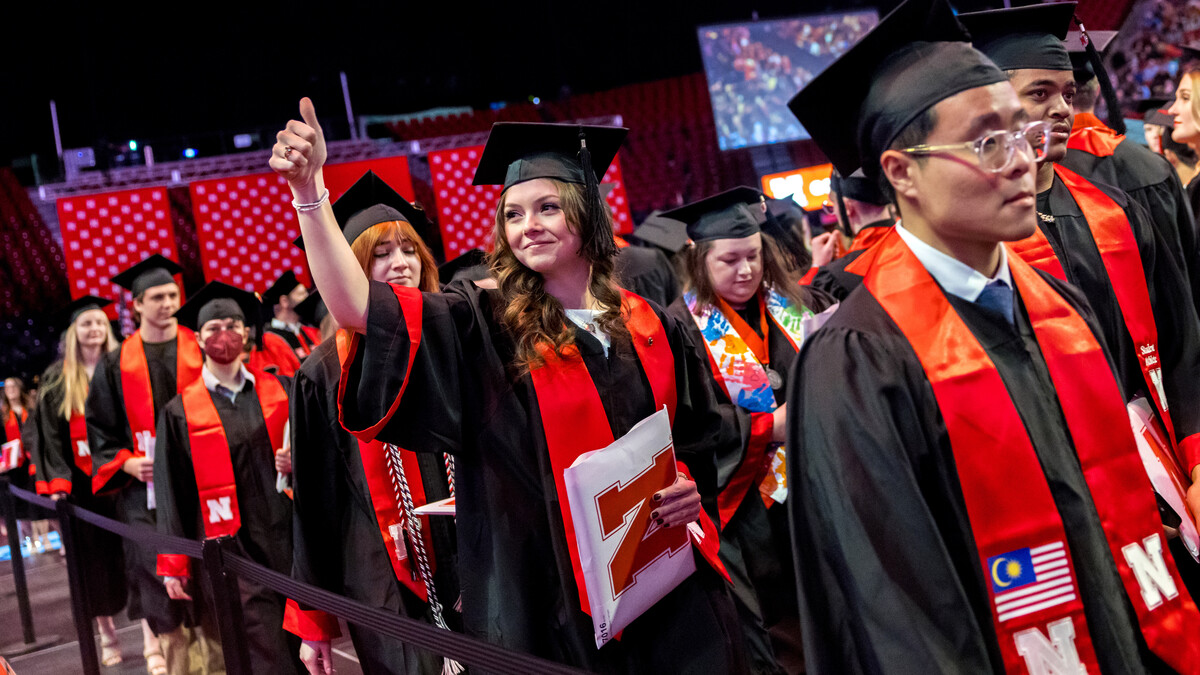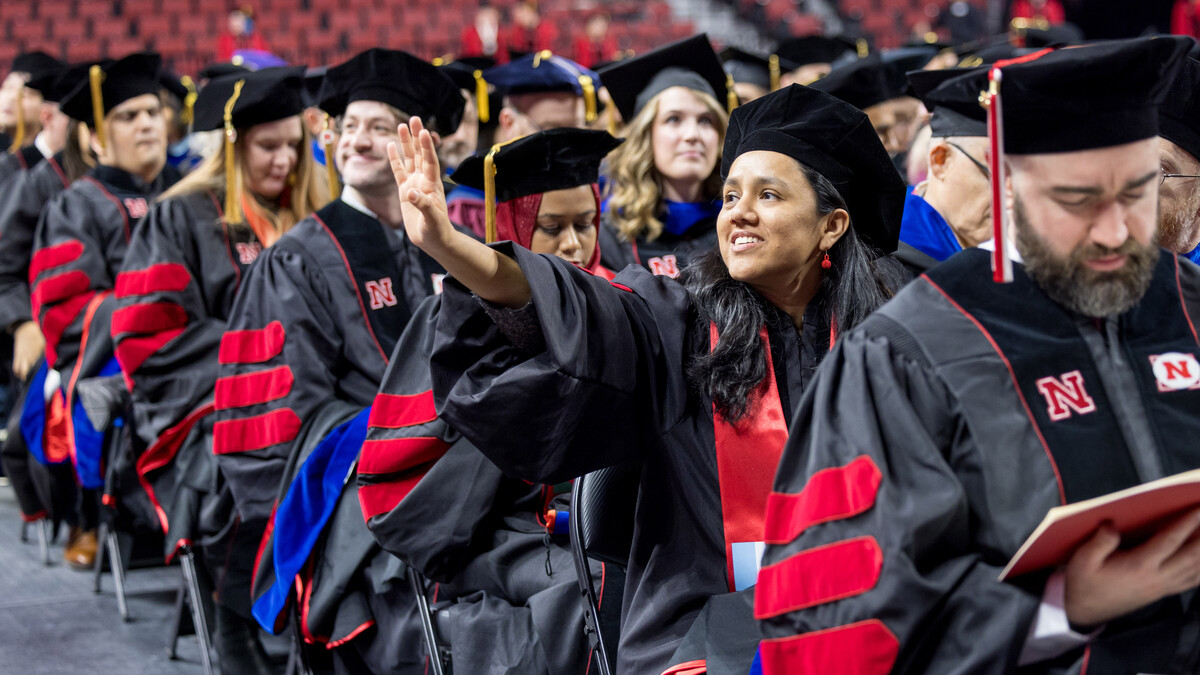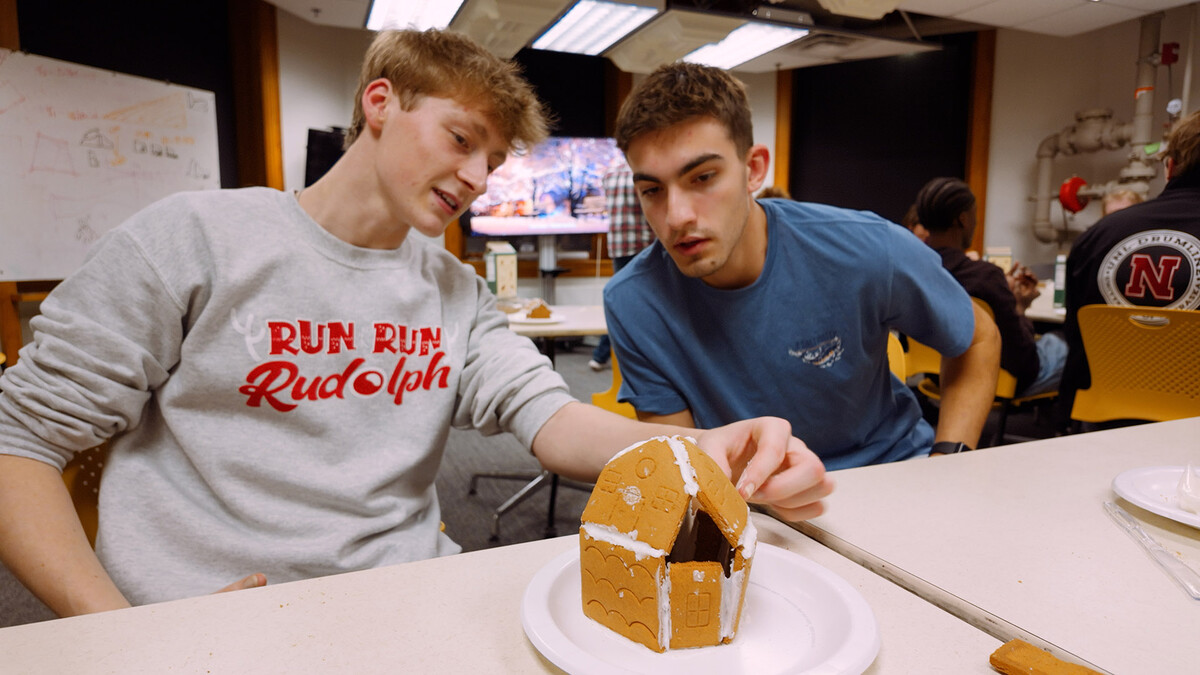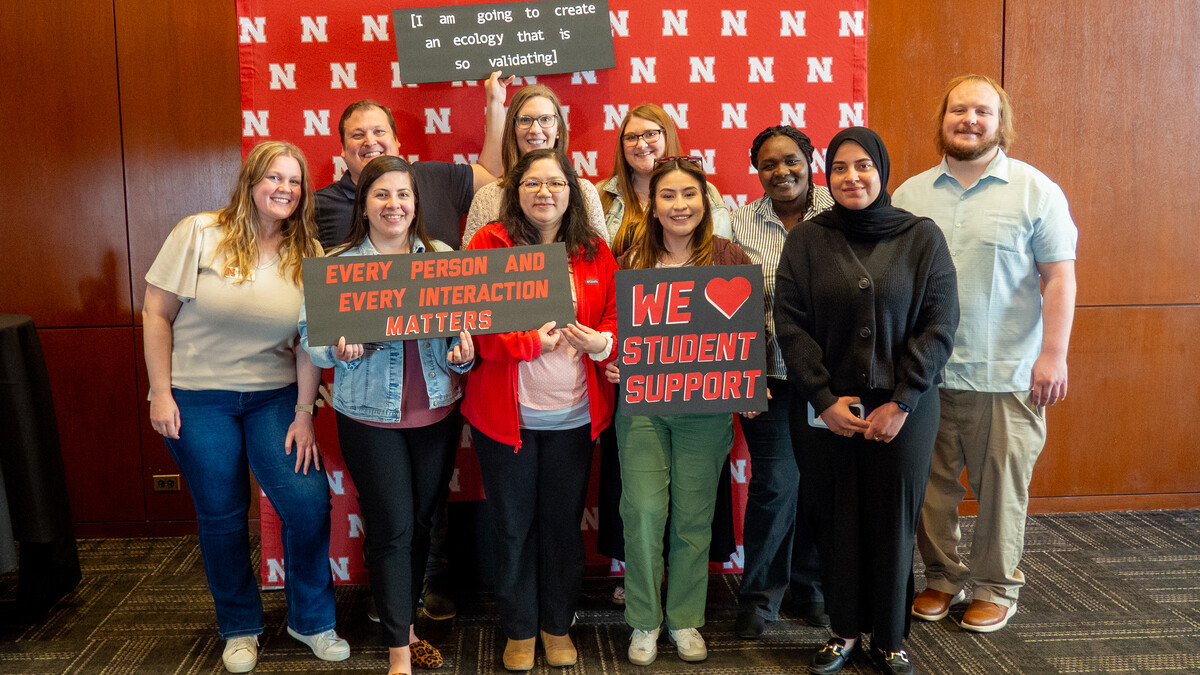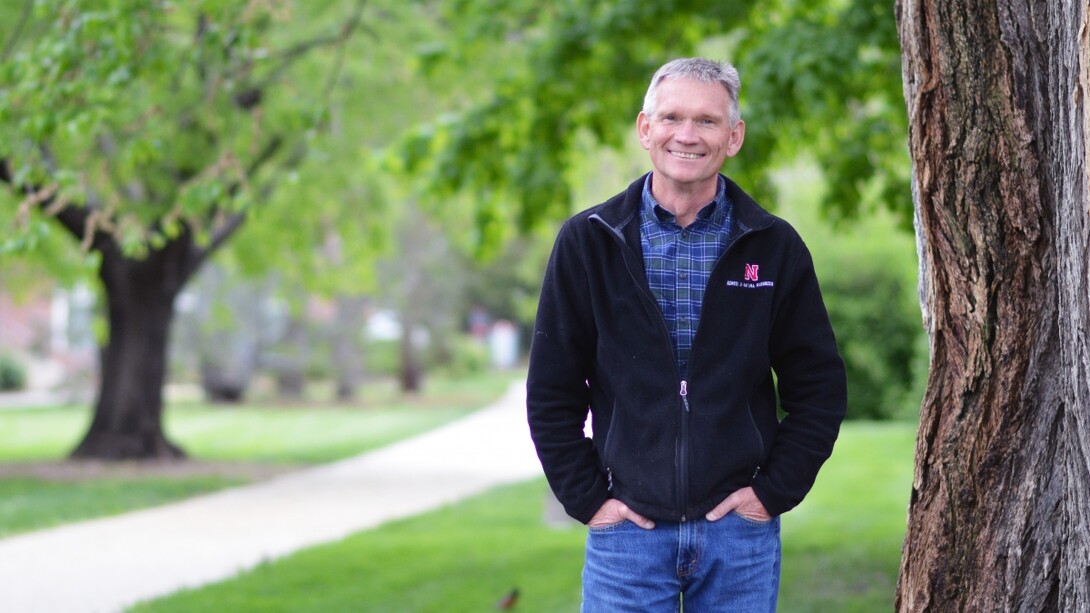
Nebraska's John Carroll, an expert on ground-feeding birds, has a simple but powerful piece of advice for college students seeking success — "Just do stuff."
For 46 years, Carroll has lived by that motto in his career in the natural resources field, earning international recognition for his work with galliformes — birds like chickens, turkeys, quail, and pheasants. Now 66, he remains deeply committed to his passion, continuing to make strides in conservation as co-chair of the Galliformes Specialist Group for the International Union for Conservation of Nature.
He met with other chairs of the union's specialist groups in Abu Dhabi from Oct. 23-29 and saw again the progress he and other conservationists have made since starting the Galliformes Specialist Group in the early 1990s.
They have developed the Galliformes portion of the Red List of Threatened Species searchable on the IUCN website. The Red List gives standards to follow in determining a species’ conservation status. The IUCN set nine categories, with 'critically endangered' being the most seriously threatened species before 'extinct in the wild' or 'extinct.' To determine a species' status, researchers ask questions such as about the speed of decline in the species' population, the size of the species' distribution and the length of its generations.
Carroll and the Galliformes Specialist Group have worked together to identify the status of all 309 species of Galliformes and 46 Tinamidae. Tinamous birds are more closely related to ostriches than Galliformes, but the Galliformes Specialist Group included them in their work when no other group did. Tinamidae live in South America, Mexico and Central America and lay what looks like Easter eggs with their bright colors.
Nebraska has seven Galliformes species, with five native to the state and the ring-necked pheasant and Hungarian partridge introduced. The lesser prairie-chicken is listed as 'vulnerable,' and the greater prairie-chicken, sage grouse and northern bobwhite are listed as 'near threatened.' The sharp-tailed grouse, wild turkeys, pheasant and partridge are listed as “least concern.” Sometimes the Red List shows the 'least concern' status when a species is rare in an area but has healthy populations elsewhere in the world.
Carroll and the Galliformes Specialist Group have made plans for how to recover threatened species and included the plans in the Red List. They try to work with biologists in the species’ home country to recover species.
"I like to think of us as a hub of wheel, where we help collect information and get things in a logical format," Carroll said. "Then we spread out to people because we want these things to be done at the local level. We don't want John here in Nebraska telling people in Vietnam how to recover their species."
Since updating the Galliformes part of the Red List and posting it on the web where everyone with internet access can see it, the Galliformes Specialist Group has seen the status of many species outside the United States and Europe go from 'data deficient' to an informed status.
"We've seen this big change from a few species we know lots about to, now, we have lots of species we know a fair amount about," Carroll said. "And then the good news is that some of the species that weren't very well known are doing OK. They live in reserves and other protected areas."
He said that besides reducing worries about some species, the work that the Galliformes Specialist Group has done has helped solidify the way conservation research is done in much of the world. He cited China as a nation whose member researchers moved from not having exposure to modern technologies like camera traps in the 1980s and 1990s to now working on the cutting edge and performing some of the best work on Galliformes conservation.
One of the latest efforts of the Galliformes Specialist Group is to help create a Green Status of Species, which Carroll referred to more simply as the 'Green List.' The idea behind the list, he said, is to tell the story of species once listed as threatened and the work that succeeded in recovering them and earning a more favorable status.
"We tend to be in conservation always the naysayers and the pessimists, and we're always talking about stuff that's going bad," Carroll said. With the Green List, he said they are "trying to be proactive and being less pessimistic."
The Galliformes Specialist Group continues to grow worldwide, now up to about 150 members, compared with about 16,000 for the overall IUCN membership. The Species Survival Commission, which the Galliformes Specialist Group is part of, continues to add specialist groups. More recently, plant specialist groups have been coming onboard, and some of these plant species number in the hundreds of thousands. The groups are working on adding them to the Red List and Green List.
"It's overwhelming," Carroll said. "I don't know how some of these groups can just look at their species list and say, 'OK, we're going to tackle this,' because their species list might be 100,000 species long and 95% of it would probably be data deficient. But somebody's got to do it because we're losing species all the time. And so, it's really pretty cool how that is operating."
He said the IUCN organization has recently seen increased research done on obscure species around the world but even the Galliformes Specialist Group has trouble getting information on some of its 355 species. For instance, the Manipur Bush-quail is listed as 'critically endangered,' but its range was along Myanmar and into Manipur in East India. This is an area that has been troubled by civil unrest, terrorism and ethnic tensions, making it difficult for biologists to undertake fieldwork.
For safer regions, one of Carroll's jobs on the Galliformes Specialist Group is writing letters in support of members' conservation projects to the environmental agency in the country. This can be influential in showing a project has international support.
As a School of Natural Resources professor who also served as the school’s director from 2013 to 2023, Caroll said he has particularly enjoyed introducing students to Galliformes and other wildlife around the world. He has led several study abroad trips giving them an international perspective on wildlife conservation.
When people question why he is doing so much international work as a professor in Nebraska, he said he responds that his work all ties together and it lets people around the world know that the University of Nebraska is not a flyover university.
"I do have a focus on Nebraska and things that are going on here, but at the same time, we're just a little spot in a big world and an awful lot of people around the world now know about the University of Nebraska because folks like me get involved in these international organizations and work with people around the world," he said. "I think it's a good thing for everybody."
His second term as co-chair of the Galliformes Specialist Group ends in 2025, but Carroll said the group has already talked him into serving a third term starting in 2026.
"It's one of those things where it's a lot of fun doing it and you feel like you have an impact on a pretty big scale," he said.
